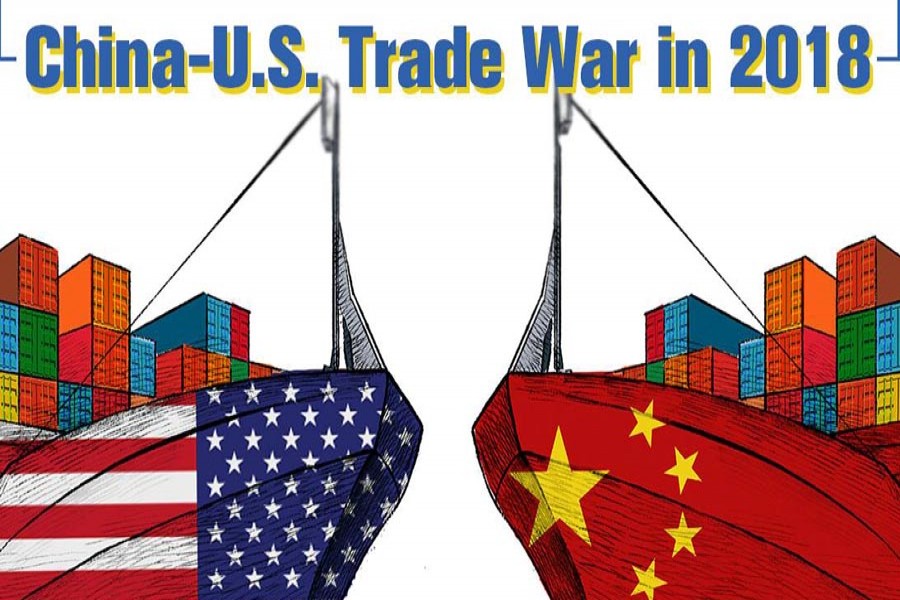There is no doubt that the China-US trade war was one of the biggest stories of 2018. The tit-for-tat tariffs levied between the world's two largest economies have put the global supply chain and trading system into uncertainty, reports news.cgtn.com.
Like most of the candidates during the 2016 U.S. presidential election, Donald Trump blamed China, a growing economic power, for the problems of the domestic U.S. economy – a vote-winning tactic that is significantly easier than calling for domestic policy reform.
However, this billionaire president is not only talking, he's putting his anti-China rhetoric into practice.
Trump regards global trade as a zero-sum game and thinks of China as the biggest opponent, alongside other once close allies such as Canada and Mexico, with whom he amended trade rules by using tariffs as threat.
Starting with steel and aluminum import tariffs, the U.S. initiated trade tension with many countries before turning its focus on China, its biggest trading partner.
Trump has repeatedly stressed that China is taking advantage of his country via a huge trade surplus. However, he just as regularly forgets to mention all other members in the supply chain, such as major multinational companies from the U.S., that are taking big bites of the surplus.
Moreover, China's trade surplus with the U.S. only exists in the trade of goods. The U.S. had a trade surplus of 54.1 billion U.S. dollars with China in 2017, according to data from China's Ministry of Commerce.
After the U.S. fired the first shot by announcing 25 percent tariffs on Chinese imports worth of 50 billion U.S. dollars, China had to take retaliation.
But soon the tensions escalated and three rounds of tariffs were implemented between July to September.
The three rounds of talks – two in Beijing and one in Washington – failed to produce effective solutions.
It was only once the leaders of the two countries met during the G20 when a 90-day truce was finally achieved, presenting a glimpse of hope after the almost year-long trade war.
Unfortunately, before more tangible progress could be made, Huawei's CFO Meng Wanzhou was arrested in Canada on fraud allegations lodged by the U.S., intensifying bilateral tensions again and seemingly reigniting the trade war.
Even under these complicated circumstances, business and markets expect good news to be released in early March after the 90 days truce.
After all, no one is an island in this closely integrated supply chain and trading system. The tariffs have already caused turbulence within the U.S. For example, General Motors plans to halt production at five facilities in North America and cut 14,000 jobs due to the steel and aluminum tariffs which hurt the auto industry.
This is already a significant blow to the U.S. president, whose "America First" campaign was based on bringing jobs back to America and weakening the economies of others and not the other way around.
Fortunately, China's latest move may give the U.S. auto industry a relief. China announced on Friday to suspend the additional 25 percent tariff on imports of U.S. vehicles from January 1 until March 31.


